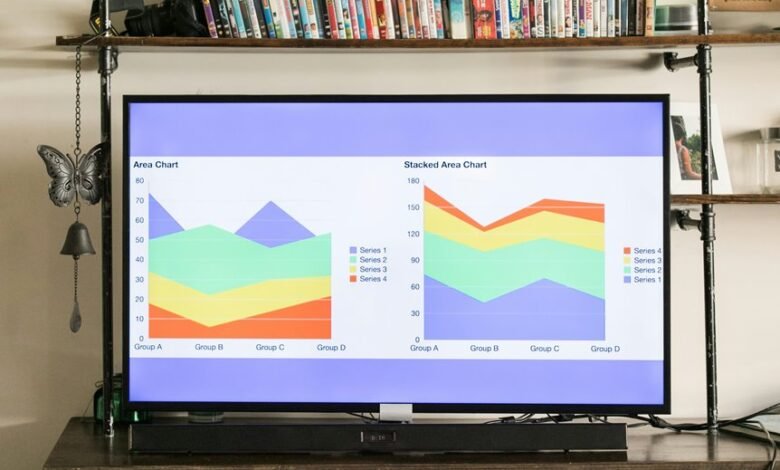1553400000 Investigating Mobile Call Trends Across Areas

Mobile call trends exhibit notable variations influenced by demographic and geographic factors. Urban areas show a preference for brief, frequent communications, while rural regions favor longer conversations. Age and income disparities further complicate these patterns, with younger users opting for messaging and lower-income groups relying on voice calls. As technological advancements progress, these trends are poised for further evolution. The implications of these shifts warrant deeper exploration to understand their potential impact on future communication dynamics.
Demographic Influences on Mobile Call Usage
As mobile communication continues to evolve, demographic factors significantly shape mobile call usage patterns across various age groups, income levels, and geographic regions.
Age factors play a crucial role, with younger individuals favoring messaging and social media over traditional calls.
Additionally, income disparities influence accessibility to mobile technology, further diversifying call usage habits, as lower-income groups often rely on voice calls more than their affluent counterparts.
Geographic Variations in Calling Habits
Geographic variations significantly influence mobile calling habits, reflecting the interplay between cultural norms, economic conditions, and technological infrastructure.
Urban versus rural distinctions highlight divergent calling patterns, where urban dwellers often favor quick, frequent calls, while rural users may prioritize longer, more meaningful conversations.
Additionally, regional preferences further shape these habits, with local cultures dictating communication styles and frequencies across different areas.
Technological Advancements Impacting Communication
How have technological advancements reshaped communication patterns in recent years?
The advent of 5G technology has significantly enhanced mobile connectivity, enabling high-speed data transfer.
Concurrently, VoIP services have transformed traditional calling methods, while AI assistants streamline user interactions.
Enhanced smartphone features facilitate seamless communication, allowing users to connect effortlessly across platforms, thus fostering a more integrated and dynamic communication landscape.
Future Trends in Mobile Call Patterns
While the landscape of mobile communication continues to evolve, several emerging trends are poised to redefine mobile call patterns.
Increased mobile call frequency is anticipated, driven by enhanced connectivity and user engagement.
Additionally, call duration analysis indicates a shift towards shorter, more purposeful conversations, as users prioritize efficiency.
These trends reflect a growing preference for streamlined communication in an increasingly fast-paced digital environment.
Conclusion
In summary, the study of mobile call trends reveals a tapestry of transformation shaped by demographic diversity, geographic distinctions, and technological advancements. As society shifts towards quicker communication, the juxtaposition of urban efficiency and rural richness in conversation underscores the evolving dynamics of human interaction. Future forecasts hint at a continued convergence towards brevity and bandwidth, suggesting that the landscape of mobile communication will remain fluid, fostering fresh formats and fostering further fascination with connectivity.





